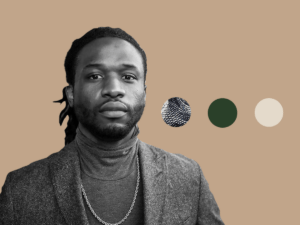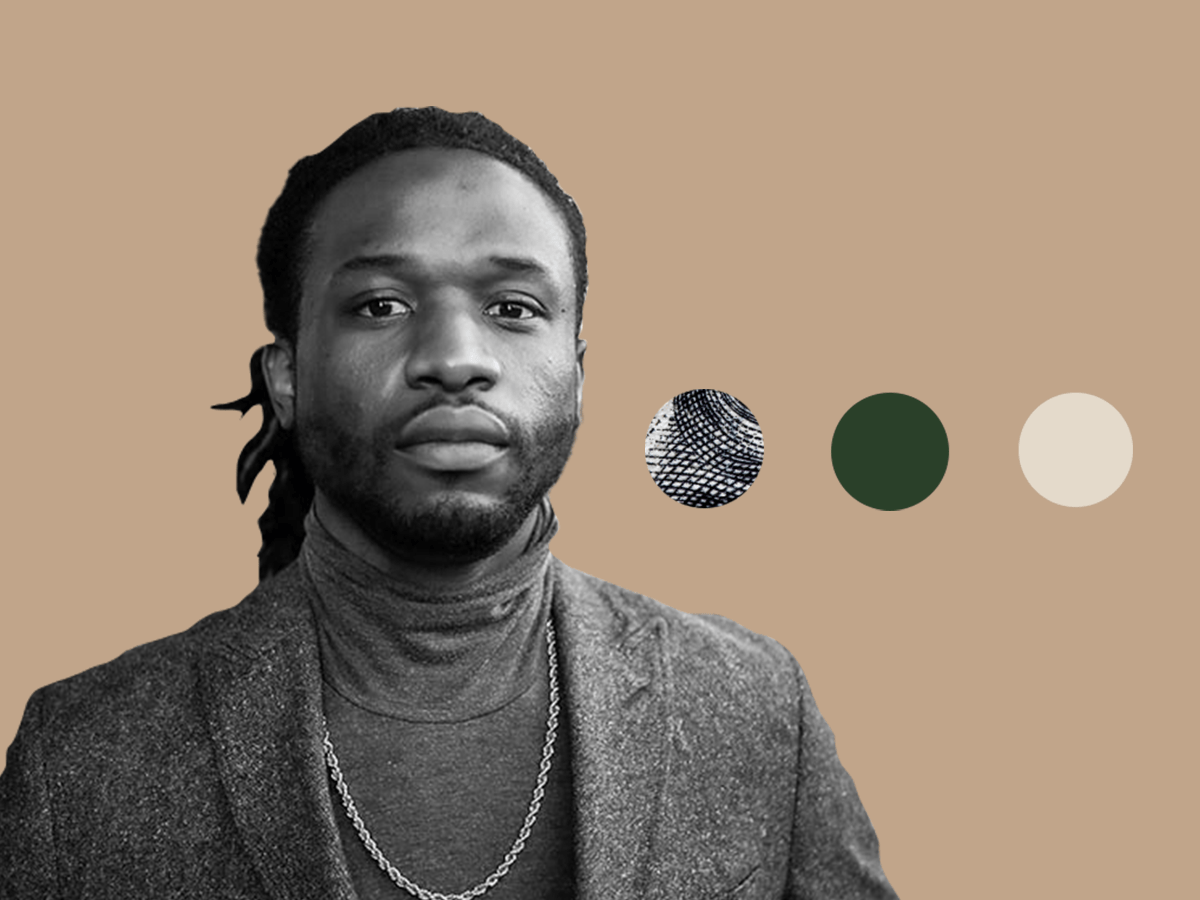
August 14, 2019; Colorlines
The New York Times has embarked on an ambitious new project, one that takes on not only the work done by the organization and its industry over the past two centuries but the entire scope of American history. The 1619 Project “aims to reframe the country’s history, understanding 1619 as our true founding, and placing the consequences of slavery and the contributions of black Americans at the very center of the story we tell ourselves about who we are.”
The project is the brainchild of staff writer Nikole Hannah-Jones, a former MacArthur fellow and co-founder of the Ida B. Wells Center for Investigative Reporting. Jones’s work won her dozens of awards investigating schools, housing, and other issues of civil rights and racial inequality.
But Jones is far from the project’s only author. Fellow New York Times writer Wesley Morris contributed a piece describing Black music as “the sound of complete artistic freedom.” Matthew Desmond, whose book Evicted made him a household name, declared, “In order to understand the brutality of American capitalism, you have to start on the plantation.” Other pieces touch on how American struggles with medical care, traffic jams, overcrowded prisons, public schools, and even too-sugary diets can be traced back to slavery and white Americans’ determination to perpetuate it or its facsimile.
That’s the scope of the 1619 project. It posits that American history didn’t begin with the Declaration of Independence or the first shots fired in Lexington, but with a ship that docked in British Virginia in 1619, carrying 20 African slaves.
Sign up for our free newsletters
Subscribe to NPQ's newsletters to have our top stories delivered directly to your inbox.
By signing up, you agree to our privacy policy and terms of use, and to receive messages from NPQ and our partners.
Hannah-Jones writes, “We may never have revolted against Britain if the founders had not understood that slavery empowered them to do so; nor if they had not believed that independence was required in order to ensure that slavery would continue. It is not incidental that 10 of this nation’s first 12 presidents were enslavers, and some might argue that this nation was founded not as a democracy but as a slavocracy.” Her essay traces the history of democracy and civil rights in the US as they were experienced or fought for by Black people, who, she says, “have helped the country live up to its founding ideals.”
The project, which will be released in full in this weekend’s edition of the New York Times Magazine, has already received significant praise. Ava DuVernay, director of When They See Us and other films that explore race in America, wrote, “A staggering, transformative endeavor has been successfully undertaken by @nhannahjones and team. The most dazzling array of thinkers on slavery’s true impact on this 400th year of bondage. It’s not a must-read. It’s a whole experience. Brava!”
As NPQ has touched on repeatedly in the past several weeks, no project of reinvention can succeed without the artists, and they have not been overlooked here. Black literary luminaries like Jesmyn Ward (author of Sing, Unburied, Sing), Yaa Gyasi (author of Homegoing), and Yusef Komunyakaa, a Pulitzer Prize-winning poet, contributed to a new literature that explores the Black experience in America. Some pieces memorialize figures like Phyllis Wheatley and Crispus Attucks; some reimagine historical moments like the reading of the Emancipation Proclamation or Tuskegee syphilis study.
But again, the project’s point isn’t to revisit the history of slavery—or at least, that’s not the whole point. It’s to emphasize how much of slavery’s legacy still threads through all aspects of American life. New York Times editor in chief Jake Silverstein told Katie Couric, “This wasn’t supposed to only be a historical issue. In fact, I feel like that would’ve been a failure if it was all about the past. We very much wanted it to be a project that tried to help readers understand that certain aspects of this country were built during slavery, and we still live with these structures today.”
Other institutions are taking note of the New York Times’ ambitions, and even partnering to spread the reach of this project. Photos for the pieces came from the Smithsonian National Museum of African American History and Culture. The Pulitzer Center published a collection of reading guides, indices, and other material that can help educators use the lessons of the 1619 project to inform their teaching.
But as many have noted the Times and other media organizations can be tools of oppression as easily as they can be vehicles for this type of transformative work. Alexandria Neason at the Columbia Journalism Review wrote, “The media has enabled and contributed to the mischaracterization of American slavery…For the media to tell the truth about the US, it must commit to both a reeducation of its readers and of its workers.” Hannah-Jones has provided us with a tool to start.—Erin Rubin













